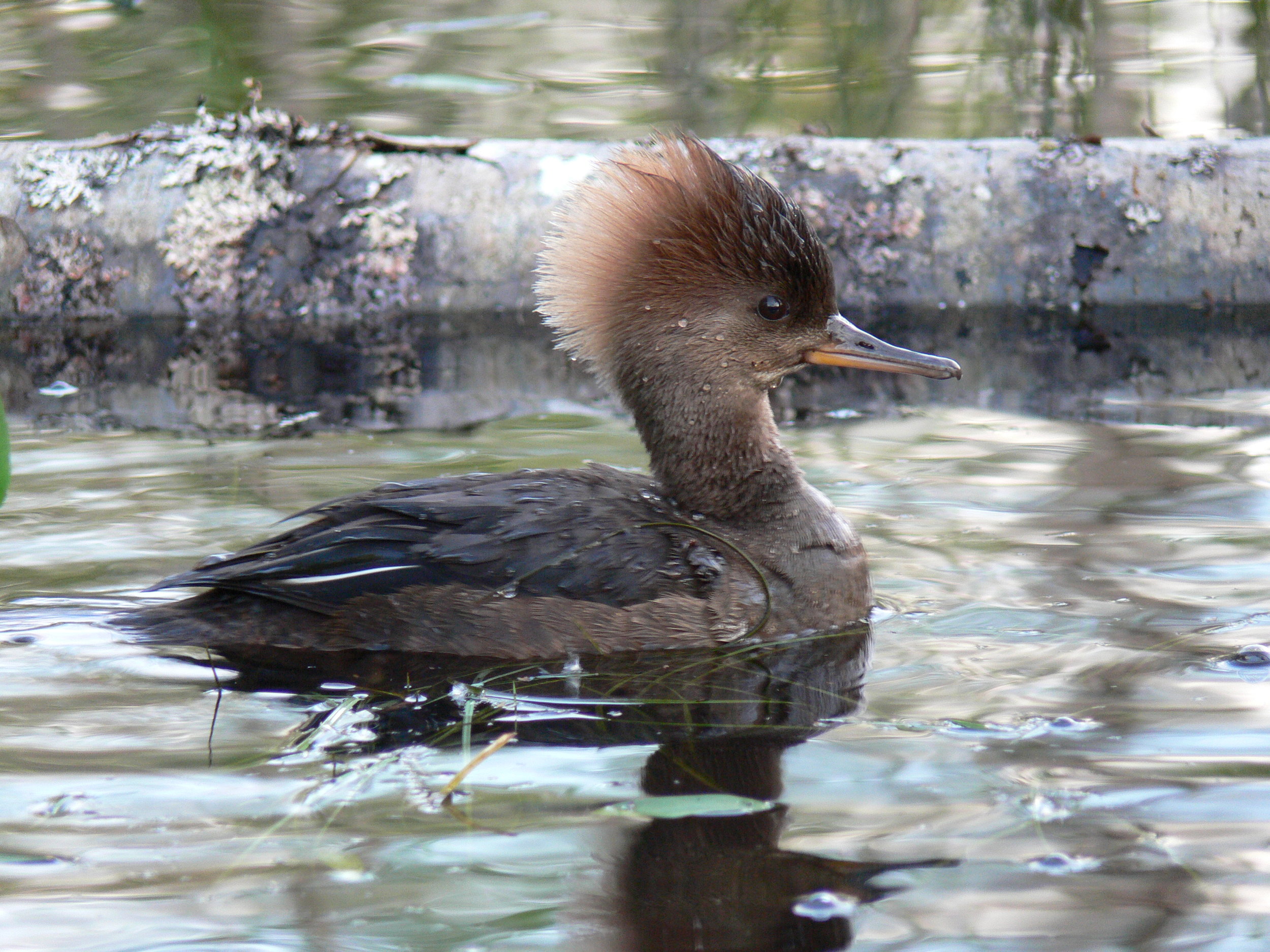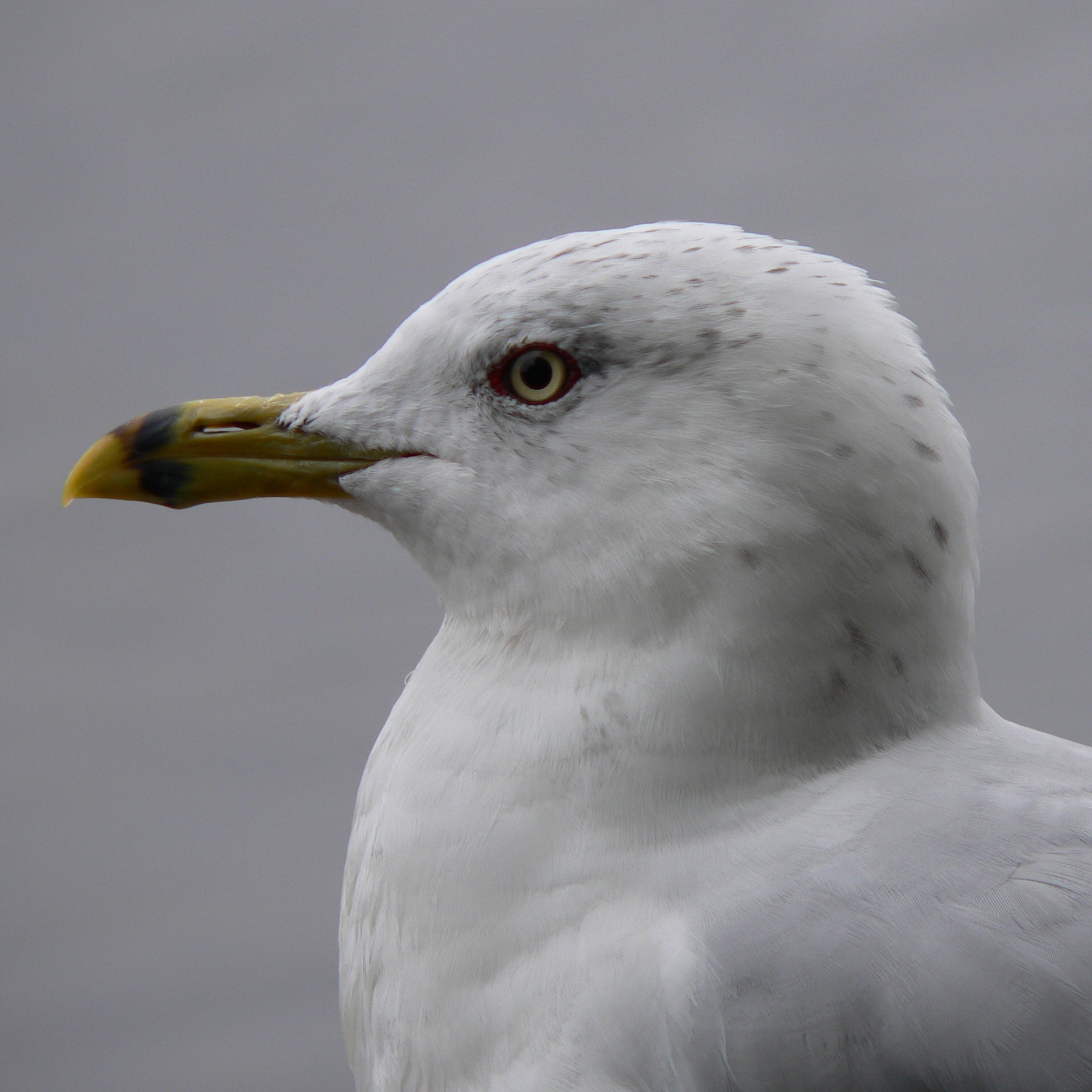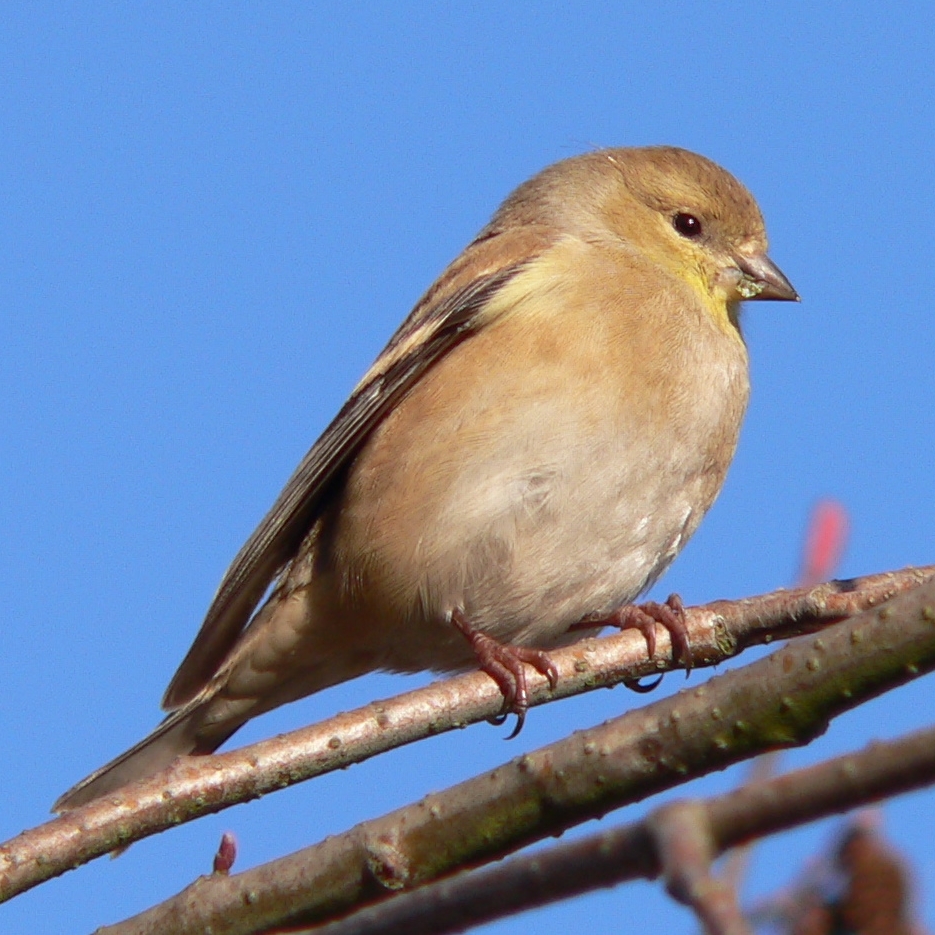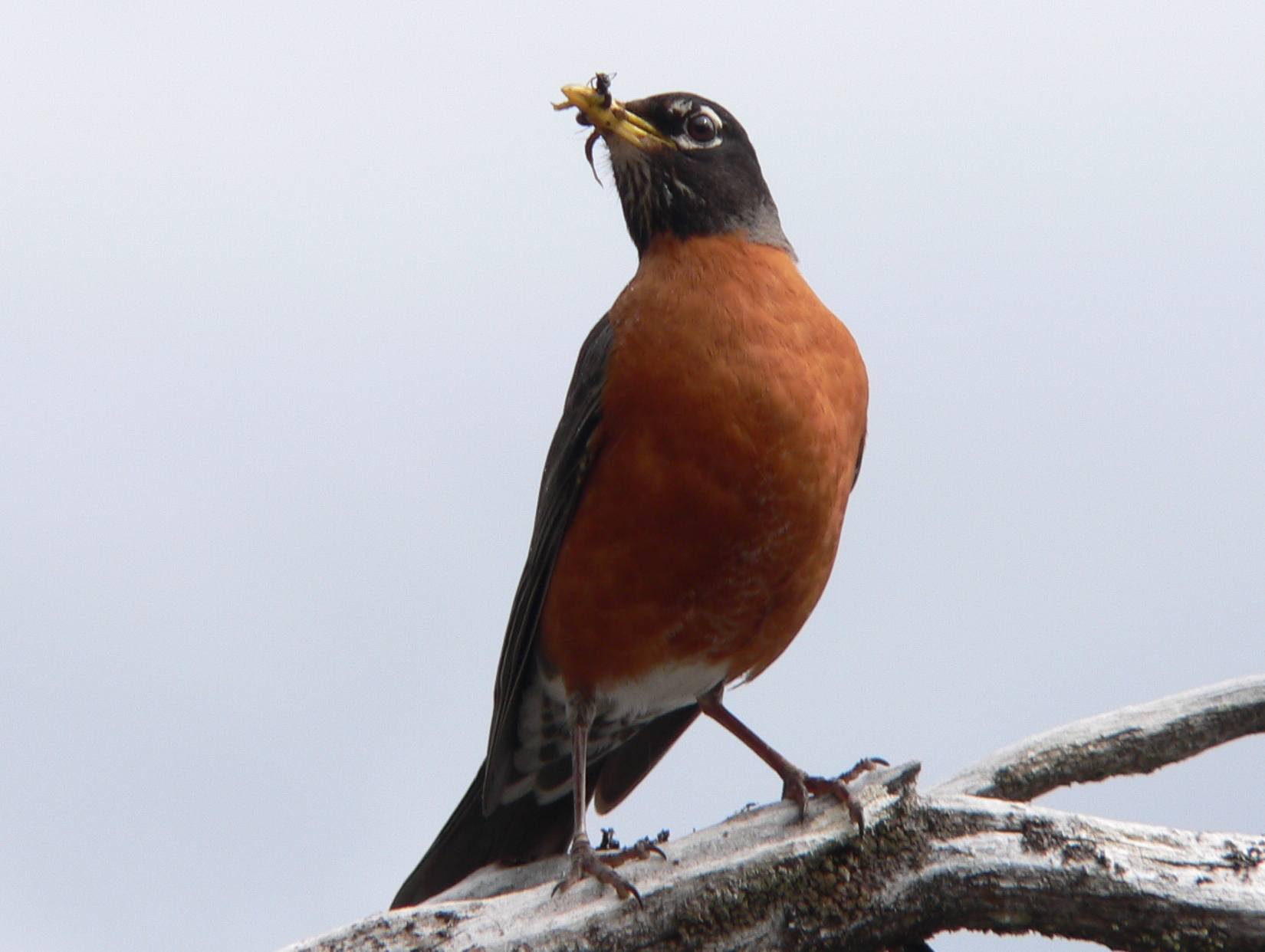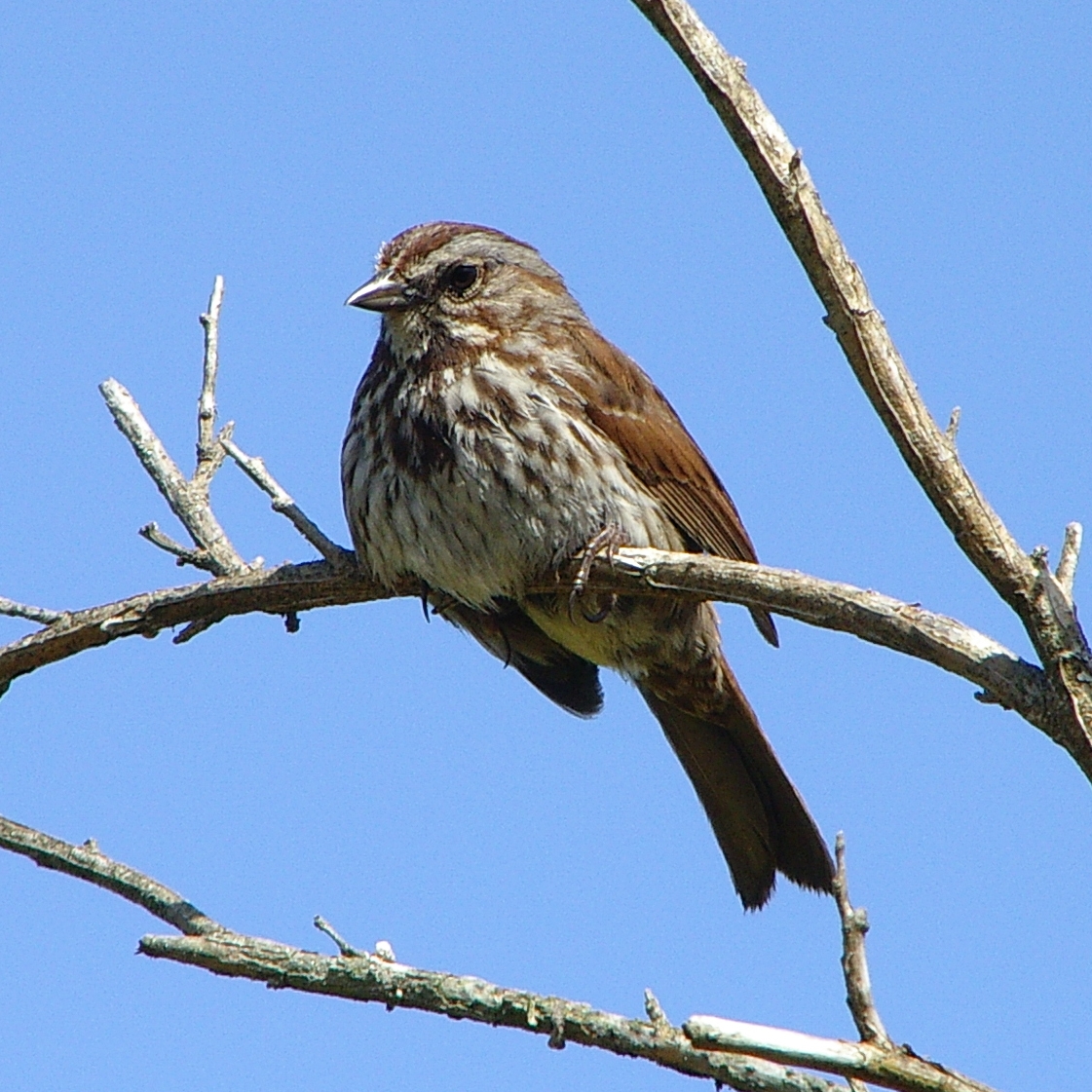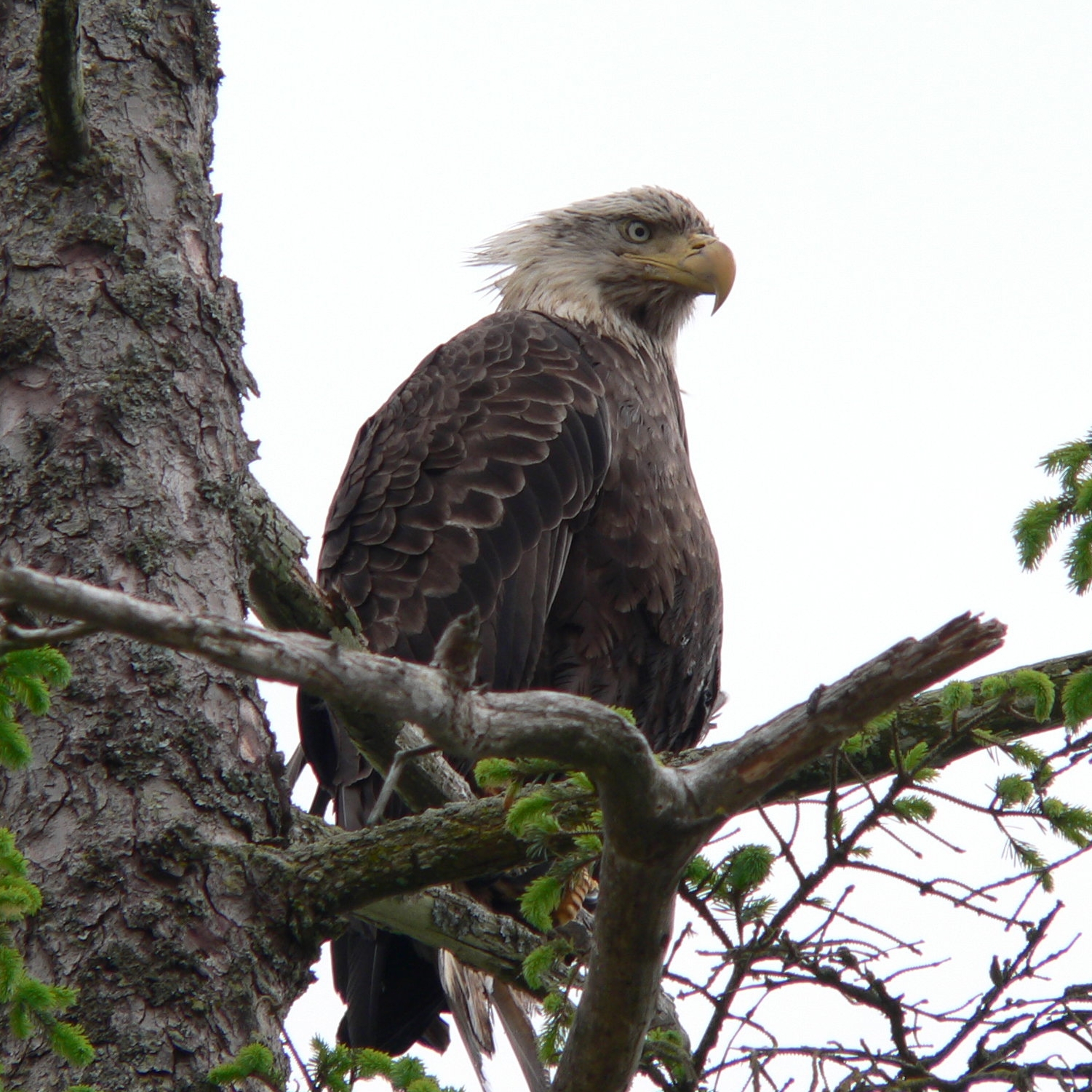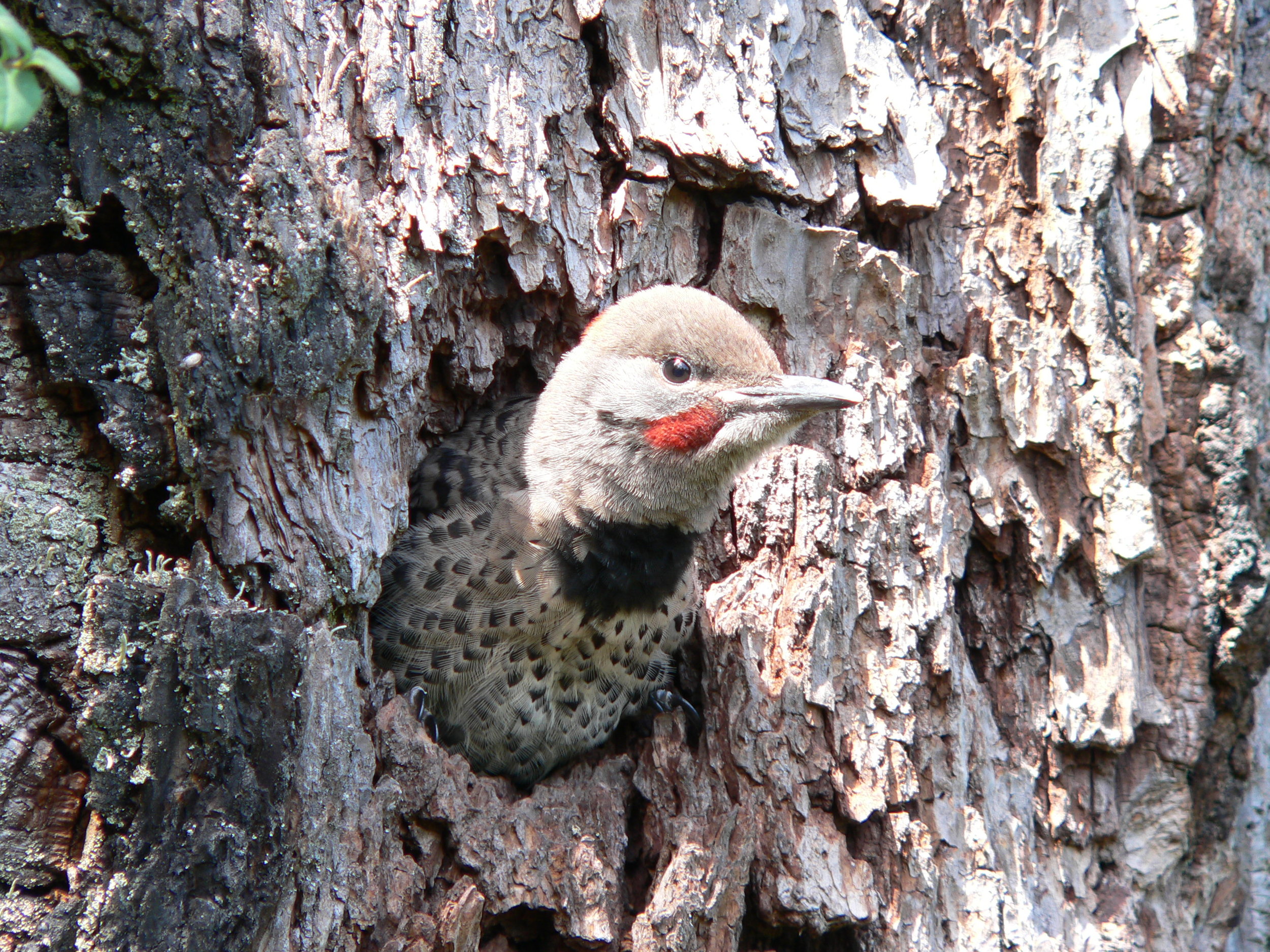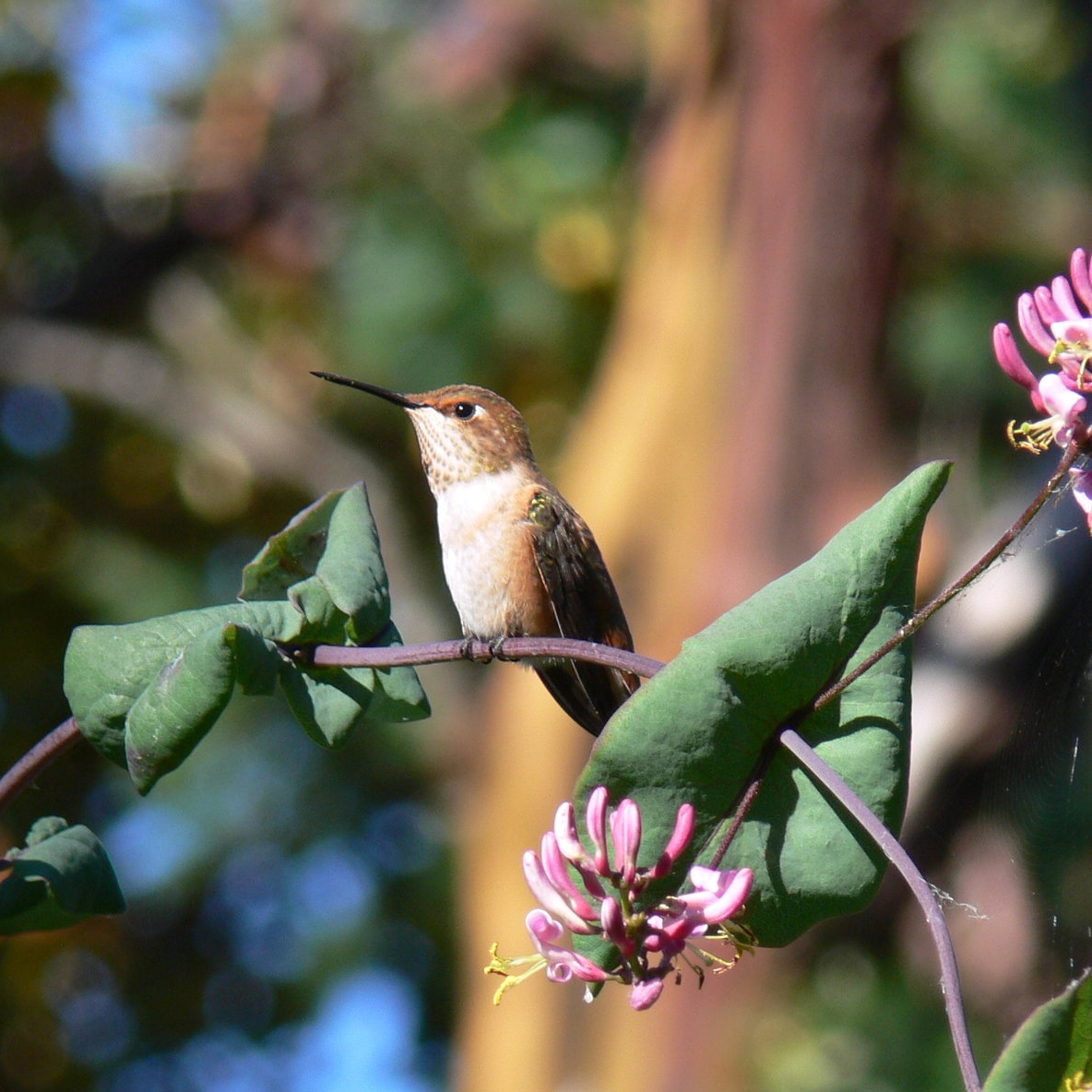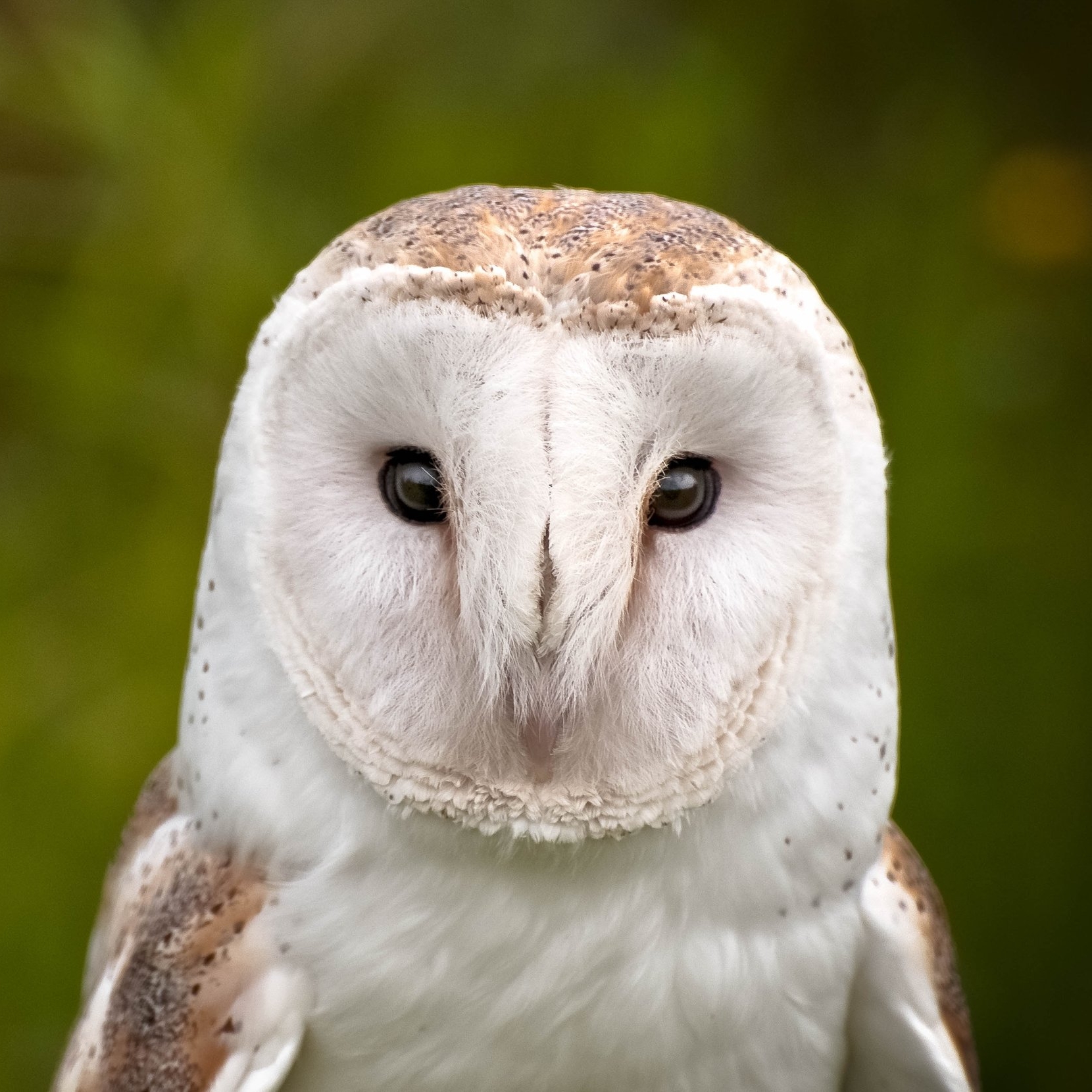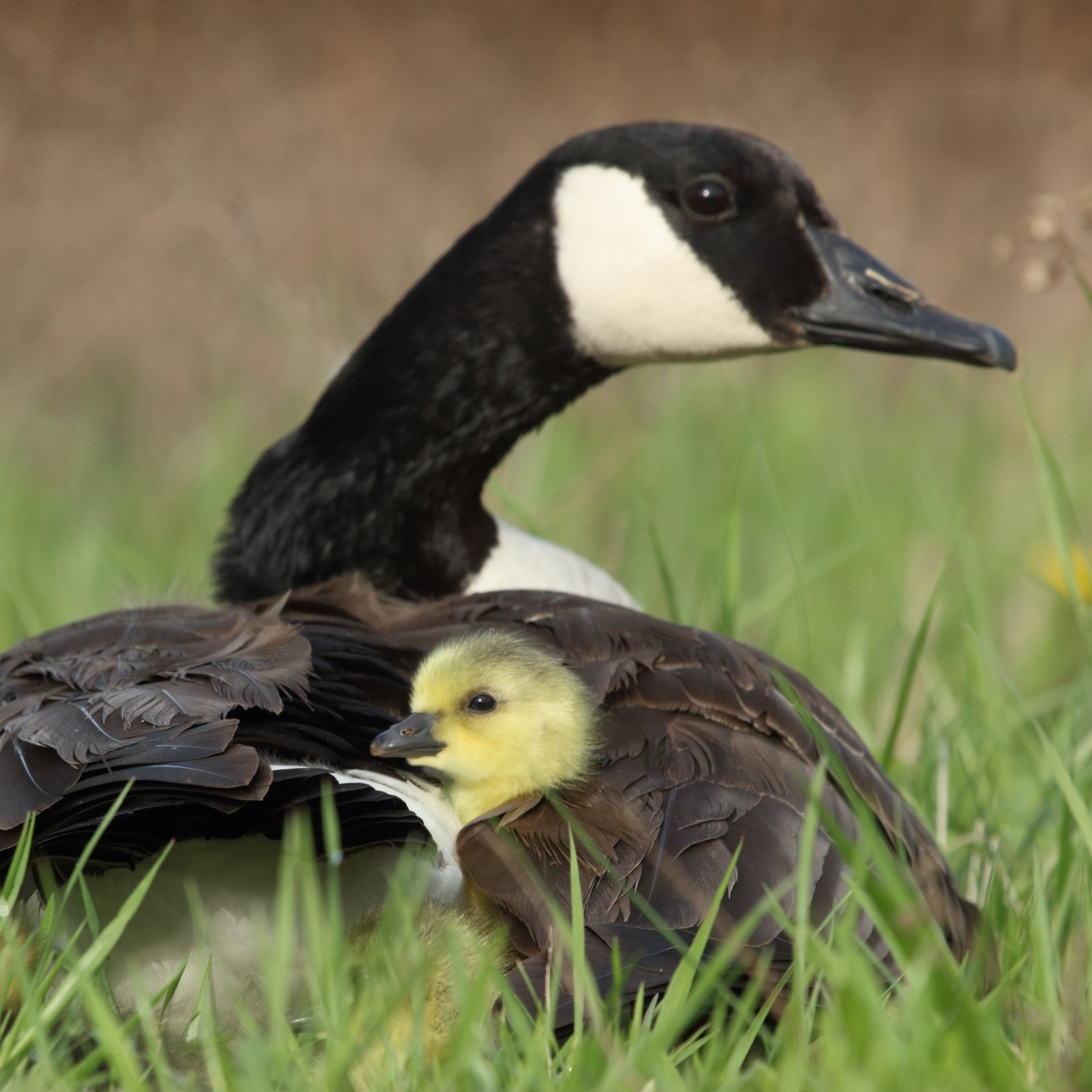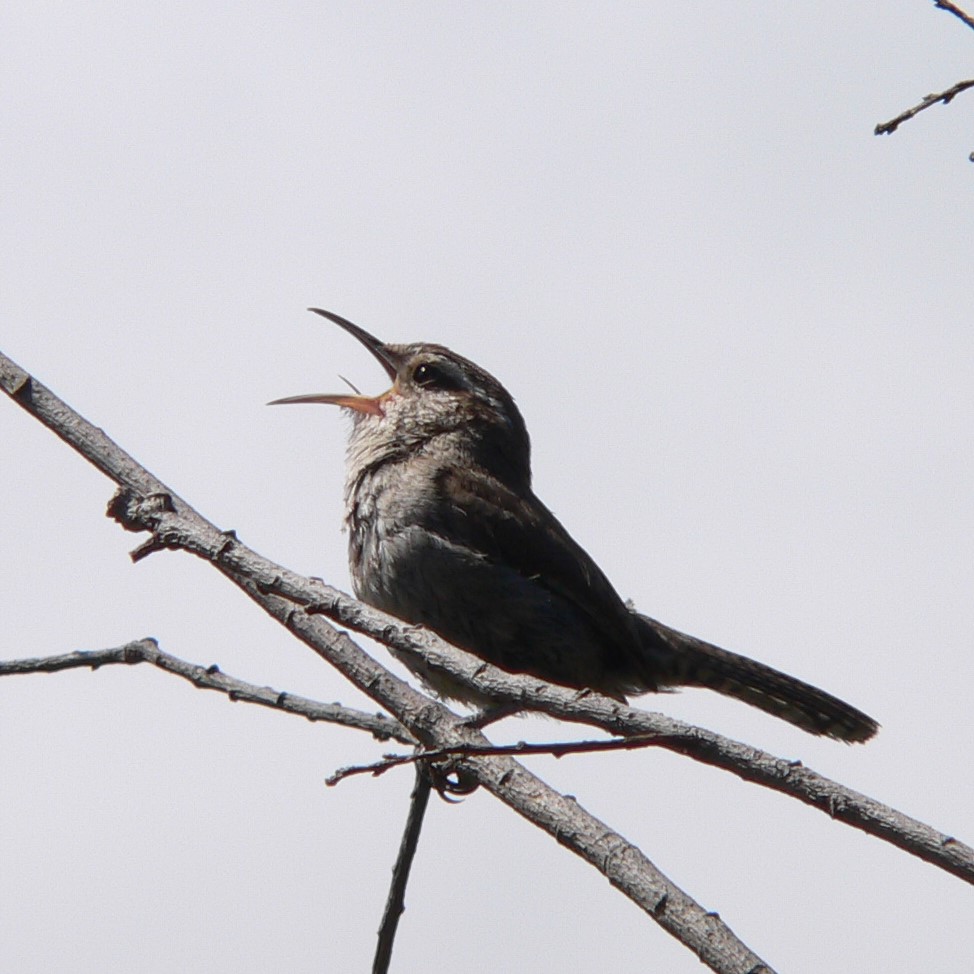The beaks and bills of birds come in a variety of shapes and sizes. Every bird has a beak that is unique to the type of food that it eats. For example, an owl has a sharp beak so that it can tear apart meat, whereas a small songbird like a sparrow has a very small beak that is made for eating seeds and sometimes small berries. This activity lets you find out what it's like to try eating different shapes and sizes of food with different shapes and sizes of beaks.
Bird ID Guides will normally include what a birds diet is, so these books can be a great resource when learning about beaks. There are also lots of great online resources to quickly get an idea of what types of beaks are used for which food types
Take a look at the pictures below and try to guess what each of these birds might eat!
What You'll Need
A large bowl
A timer (optional)
Your "Bird Food" (you don't need all of these items, these are just some ideas):
Sand
Oats
Rice
Marshmallows
Gummy Worms
Cereal
Pasta
Your "Beaks" (again, you don't need all of these, just some ideas):
Chopsticks
Tweezers
Pliers
Salad tongs
BBQ tongs
Forks
Toothpicks
Clothespins
What to Do
Begin by collecting your materials and gathering them all in one common area.
Put all your "bird food" into one large bowl and let the fun begin!
Test out the different "beaks" to see which types of food you can pick out.
Make a game out of it! Birds have to compete for food in the wild, so if you have a friend or family member, set a timer and see who collects the most pieces of food in 30 seconds!
Want to see these bird beaks in action? Try out our Bird Bingo activity!
Ask Yourself
Which type of beak was the hardest to pick up food with? Which was the easiest?
For each of the tools you used as beaks, try to predict what type of bird has a beak similar to that tool. For example: the salad tongs might be like a pelican's beak or the tweezers might be like a robin's beak.

